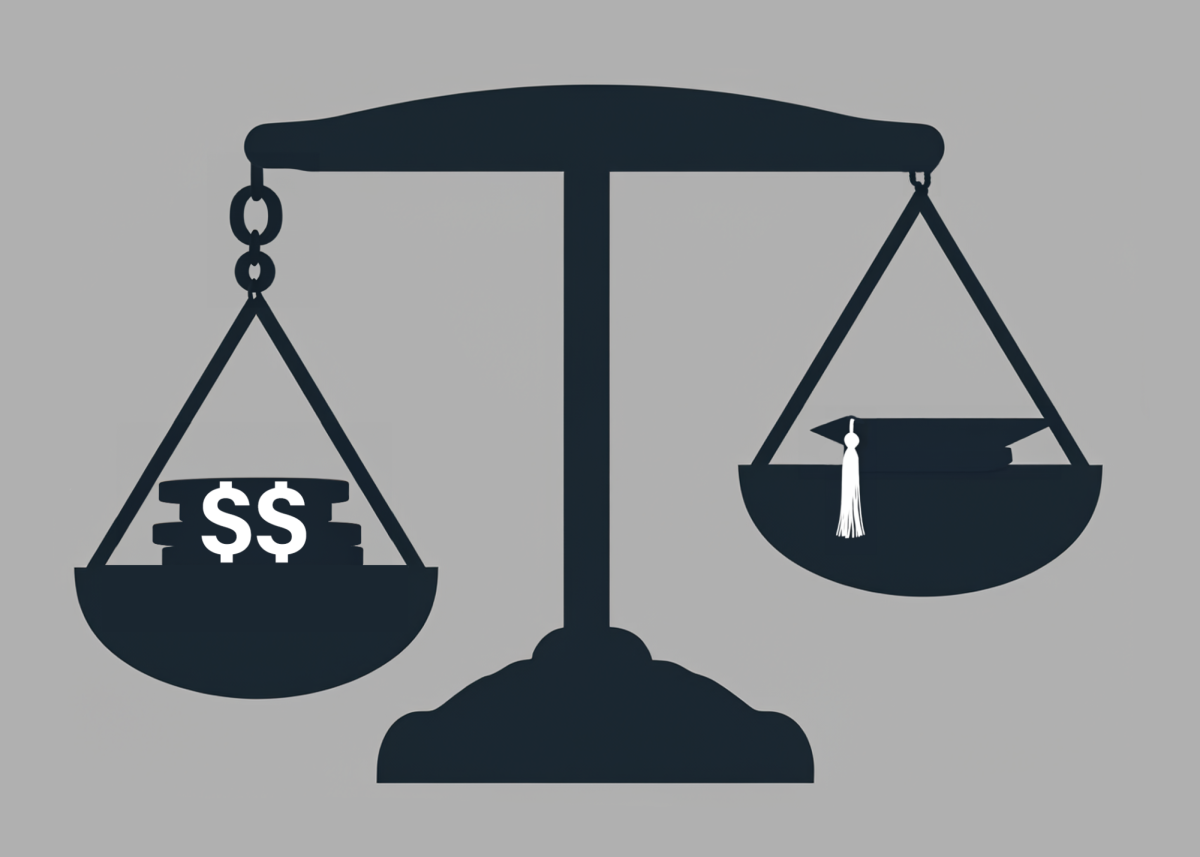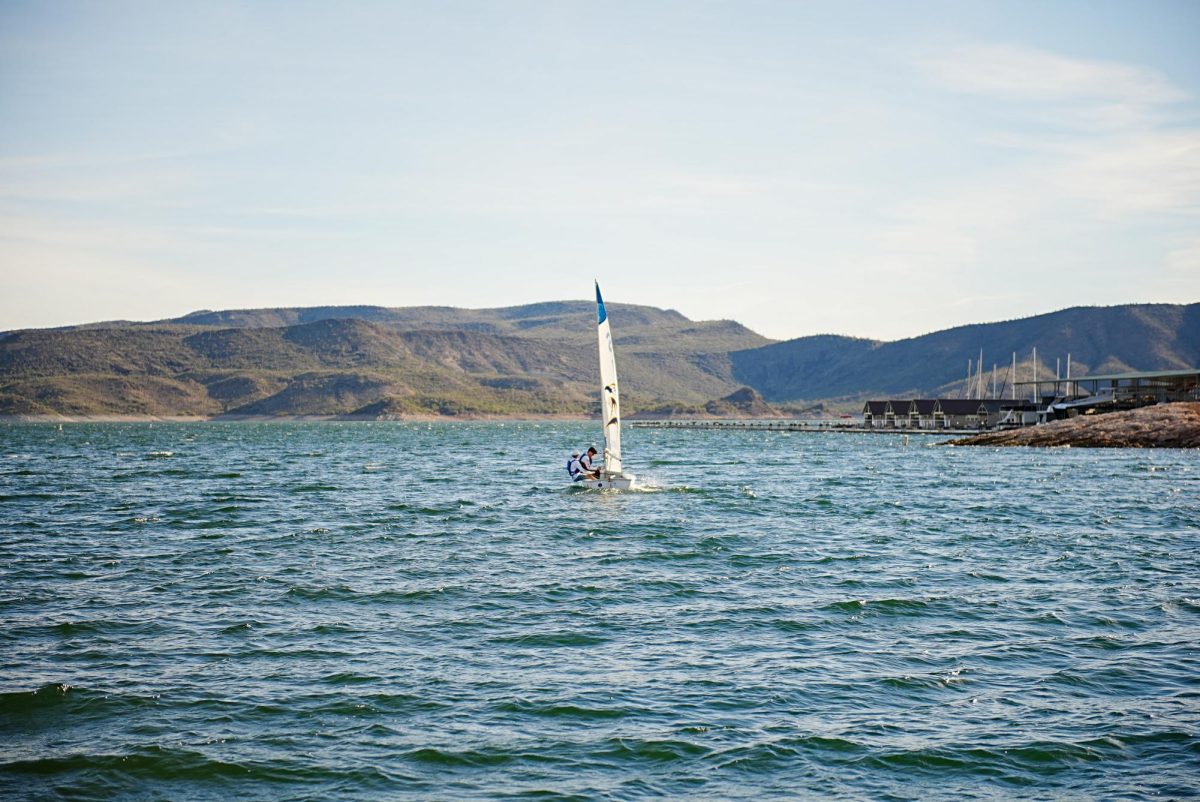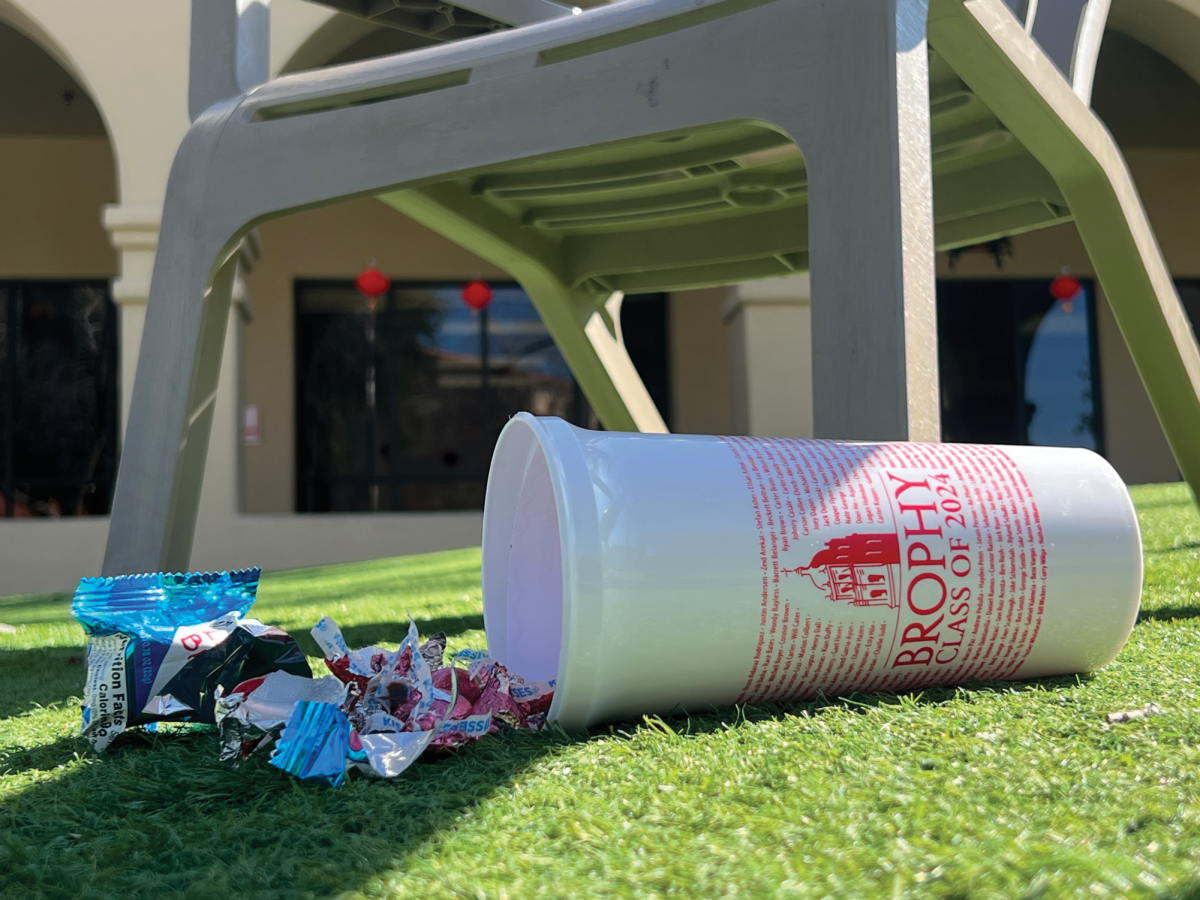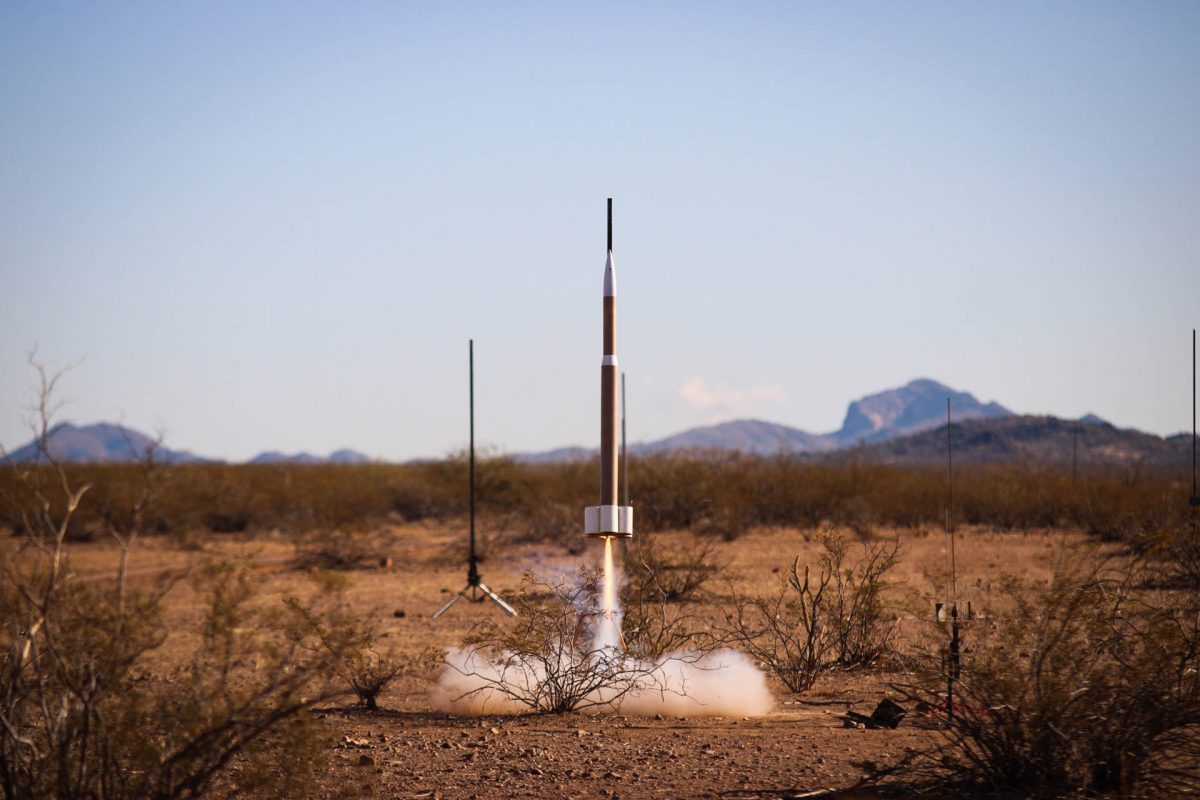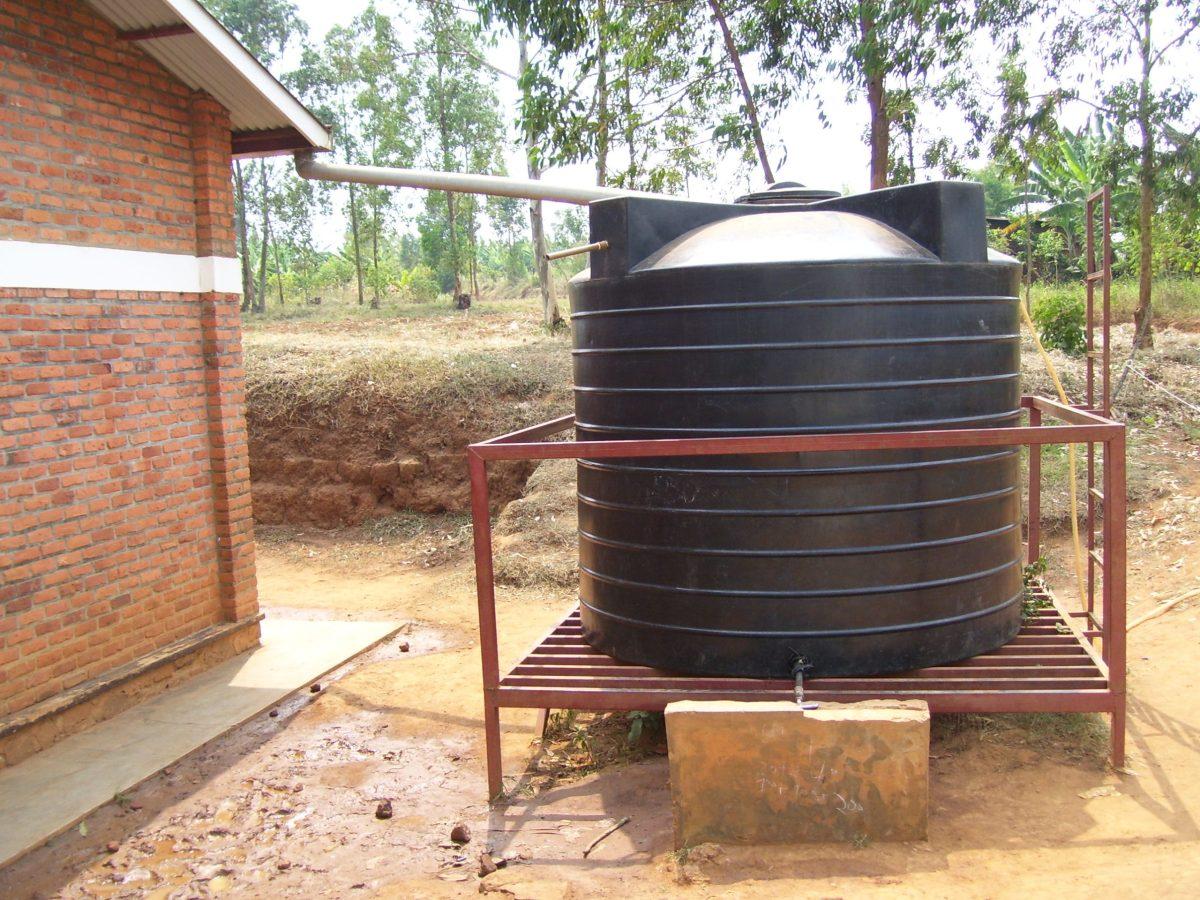Photo by Reid Shniderman’20 | A rainwater harvester can contain thousands of gallons of water, giving it the potential to serve as a water supply for a long period of time.
The ROUNDUP
By Reid Shniderman’20
In recent times, the state of Arizona has seen a significant increase in rainfall. On October 2, 2018, what was perceived as just another seasonal storm caused 2.36 inches of rainwater over a 24 hour period, the highest recorded precipitation level since 1970.
2019 also brought high amounts of rain. Since 2007, the current average annual rainfall in Maricopa County is 9.54 inches. Last year, Maricopa received an annual average of 10.7 inches.
During the storm on October 2, 2018, an estimated 41 million gallons of rain fell per square mile. And with so many Arizonans lacking easy access to potable water, especially the homeless, that much water has the potential to save the lives of thousands of people from dehydration for years.
This is why rainwater traps are so essential. With investments in alternative resources becoming increasingly important in today’s society, it is both beneficial and essential for Arizona to consider different possibilities in expanding our cities’ water production, which could both save lives and act as a surrogate for other ways to broaden our water supply.
Capturing rain using barrels and tarp is a simple way to harvest rainwater, using the tarp to catch raindrops that then trickle into the trap’s container.
In some states, it is actually illegal to harvest rain, as the rain is considered to be owned by the state it falls in. However, making use of a rainy day by catching rainwater is permitted in the state of Arizona.
In 2012, House Bill 2363 of Arizona established a legislative committee for the collection of water in the state, which has been tasked to conduct scientific and economic analyses in order to better understand potential problems due to the harvesting of water, including the review of scientific data pertaining to rainwater harvesting.
This opportunity to collect rain is becoming more and more important as our primary source of water, the Colorado River, is gradually drying up. Providing for over 7.1 million residents, the river is vital to Arizona, making up around 40 percent of the state’s water supply. If, in the near future, the river becomes too dry to properly tap from, rainwater traps could act as a short-term solution.
That being said, it is also important to consider factors like public health and water rights which rainwater harvesting may impact. Due to air pollution and unclean containers, using water directly from a rainwater trap can pose health risks. The Center of Disease Control and Prevention (CDC) recommends that rainwater collected using containers such as rain barrels and cisterns should be used for non-potable purposes. Otherwise, the water “should be filtered, disinfected, and tested regularly” to avoid illness.



